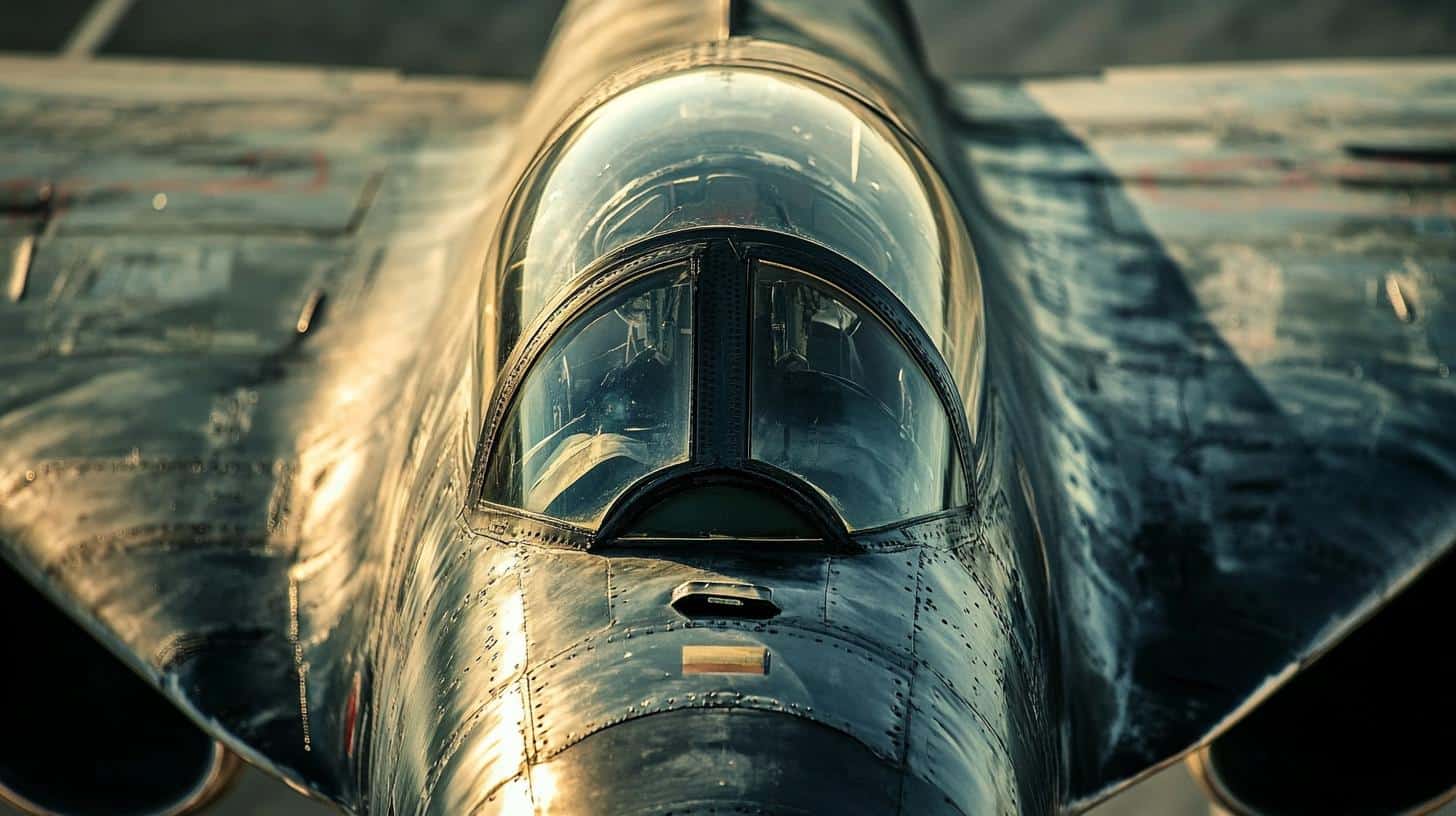The legendary MiG fighter jets, products of Soviet aviation genius, continue to play crucial roles in various national air forces worldwide. Despite being born out of Cold War necessities, these jets remain active in air fleets from Asia to Africa, sticking around for their blend of performance and affordability.
Originally pioneered by Artem Mikoyan and Mikhail Gurevich, the MiG series made its impactful debut in the 1940s. The renowned MiG-15 broke new ground in 1947 with innovative design and powerful armaments. Subsequent models like the agile MiG-17 and the speedy MiG-21 enhanced this legacy, marking the MiG series as one of the most produced supersonic jet lines.
Several countries today maintain significant MiG arsenals. A recent report from FlightGlobal, verified by GlobalFirePower, tallies these nations’ MiG fleets. The calculations reveal which air forces still rely heavily on these historic fighters.
Countries such as India retain a whopping 247 MiG-21 aircraft within an extensive fleet of over 2,200 military aircraft. Nations like Russia still deploy a massive fleet of 403 MiG jets, encompassing models like the MiG-29 and the cutting-edge MiG-35, illustrating a formidable aerial capability. North Korea holds onto 121 MiG fighters, leveraging their historical expertise in maintaining these vintage machines.
From the Middle East to Eastern Europe, the MiGs symbolize not just legacy, but ongoing utility. Their sustained presence highlights a significant chapter in military aviation history that continues to this day.
Are Cold War Fighter Jets Still the Backbone of Today’s Air Forces?
The Enduring Legacy of MiG Fighter Jets Beyond Air Battles
MiG fighter jets — an iconic symbol of Soviet-era engineering — continue to shape the geopolitical landscape in unexpected ways. Beyond their tactical roles in military engagements, these aircraft influence geopolitics, international arms trade, and economic strategies among nations.
An Evolving Symbol of Power and Diplomacy
While some readers may recognize MiGs for their historical importance, their continuing influence in global affairs might be less appreciated. An intriguing fact is that MiG jets often serve as leverage in diplomatic negotiations. For instance, countries with substantial MiG fleets sometimes exchange military expertise or policy support with Russia, facilitating international military cooperation or gaining favorable trade agreements.
Advancements and Setbacks: The Double-Edged Sword of Legacy Technology
One of the notable advantages of maintaining MiG aircraft is their relative affordability compared to newer models. Despite technological advances in contemporary aviation, the MiG’s simple design and readily available spare parts make them economically viable for countries with constrained defense budgets. This affordability extends to pilot training and maintenance, contributing to their longstanding popularity.
Conversely, a significant drawback is the aging technology, which may pose operational risks. As technology advances, MiG jets lack modern avionics, stealth capabilities, and advanced weapon systems. These limitations can reduce their effectiveness against contemporary threats, potentially putting countries at a strategic disadvantage.
Impact on Communities: Employment and Expertise
Surprisingly, maintaining MiG fleets can impact local economies positively. Nations dedicated to upkeep and refurbishment often employ thousands of engineers, technicians, and support staff, ensuring a steady source of skilled employment and encouraging technological knowledge transfer. However, detractors point out the opportunity cost — investing in future aircraft technologies could propel a nation toward more sustainable aerospace innovations.
Controversies Surrounding Defense Priorities
The ongoing reliance on MiG fighters raises questions about defense spending priorities. Should countries heavily investing in outdated aircraft redirect funds toward modern defense systems? This debate exemplifies the tension between maintaining a proven workhorse versus embracing next-generation solutions.
Challenges and Opportunities on the Horizon
Looking to the future, the transition from MiG fleets to state-of-the-art fighters is a challenge many nations must confront. This evolution requires strategic planning, investment in training programs, and the procurement of cutting-edge technologies.
A critical question to consider: How will shifting defense paradigms affect international diplomacy? As nations advance their fleets, alliances might shift, and power dynamics could realign on the global stage.
For a deeper dive into the history and evolution of military aviation, visit Lockheed Martin. To understand current military capabilities globally, FlightGlobal offers comprehensive insights and reports.
In conclusion, MiG fighter jets are more than relics of the past; they continue to influence the present and future of global military and economic landscapes. Their enduring presence in international air fleets is a testament to their resilience, even as the world races towards technological innovation.







